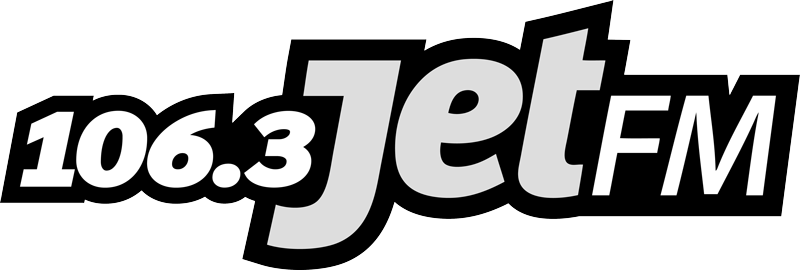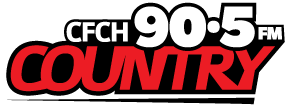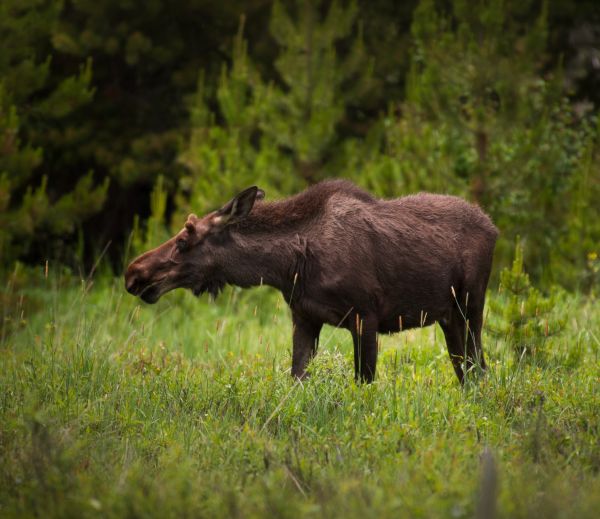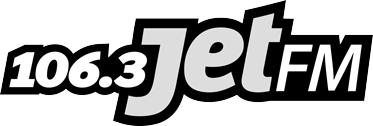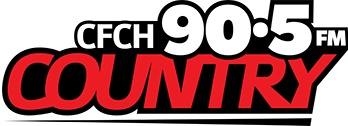With hunting season underway, the MNRF says to be sure you can tell the difference between moose calves, yearlings and cows.
Properly identifying moose can be challenging even for skilled hunters. The following provides helpful information on distinguishing characteristics. A moose under the age of one is a calf, while a moose in its second year is a yearling and is considered an adult moose in Ontario. An adult female moose is a cow and an adult male moose is a bull.
Facial Features
Adult moose have a long, over-hanging bulbous nose and a longer, more rectangular-shaped face with prominent ears and bell.
Calves have a small, fine-featured nose, short ears and almost no bell – a beard-like flap of hair-covered skin under the throat. They have a short, triangular-shaped face. A moose calf’s head appears shorter and stouter than that of an adult moose.
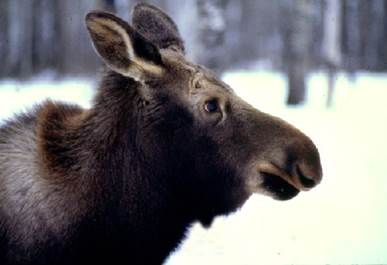
Body Shape
The body shape of calves is different from that of yearlings and adult moose: they have a square body shape with a sharply pointed shoulder hump.
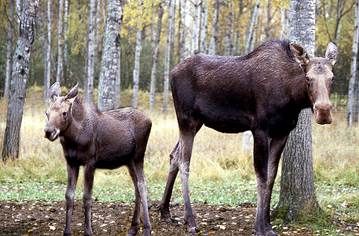
Yearlings and adults are more rectangular-shaped than calves. Calves appear to have more leg than body and lack the heavy muscular development typical of adults.
Calves stand about 1.2 metres (4 feet) high at the shoulder and typically weigh 160 to 180 kilograms (350 to 400 pounds), whereas cows stand about 1.8 metres (6 feet) high at the shoulder and weigh between 320 to 545 kilograms (700 to 1,200 pounds).
If you see a single moose without antlers, take time to search for a nearby calf. Yearlings are independent and less likely to follow cows as closely as calf moose.

